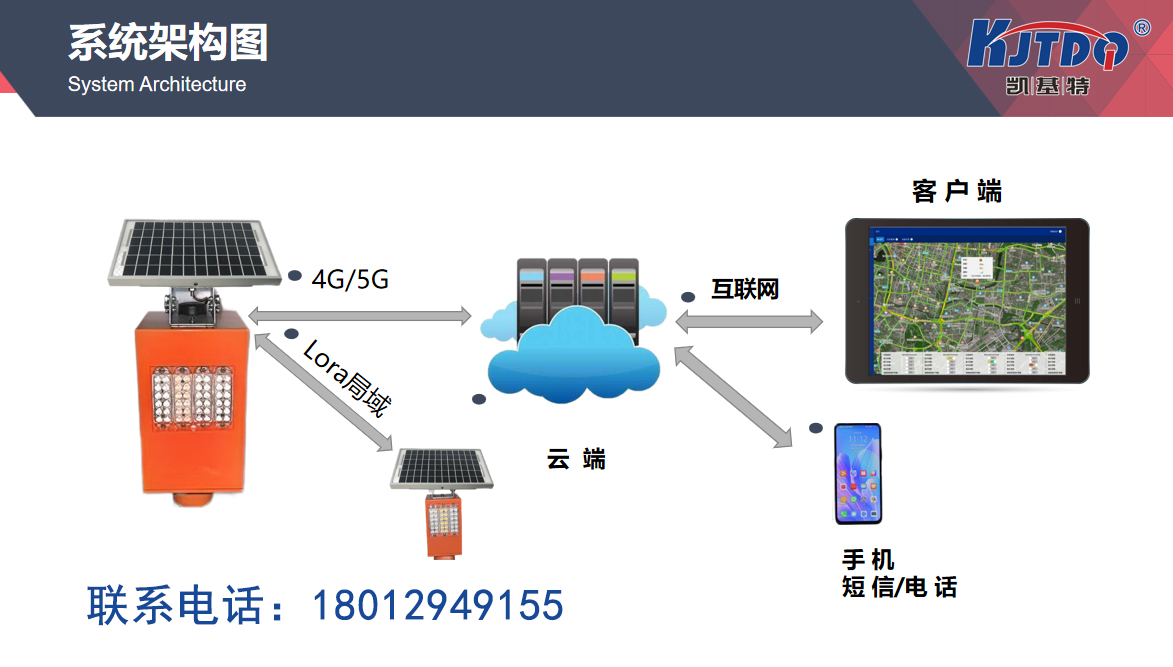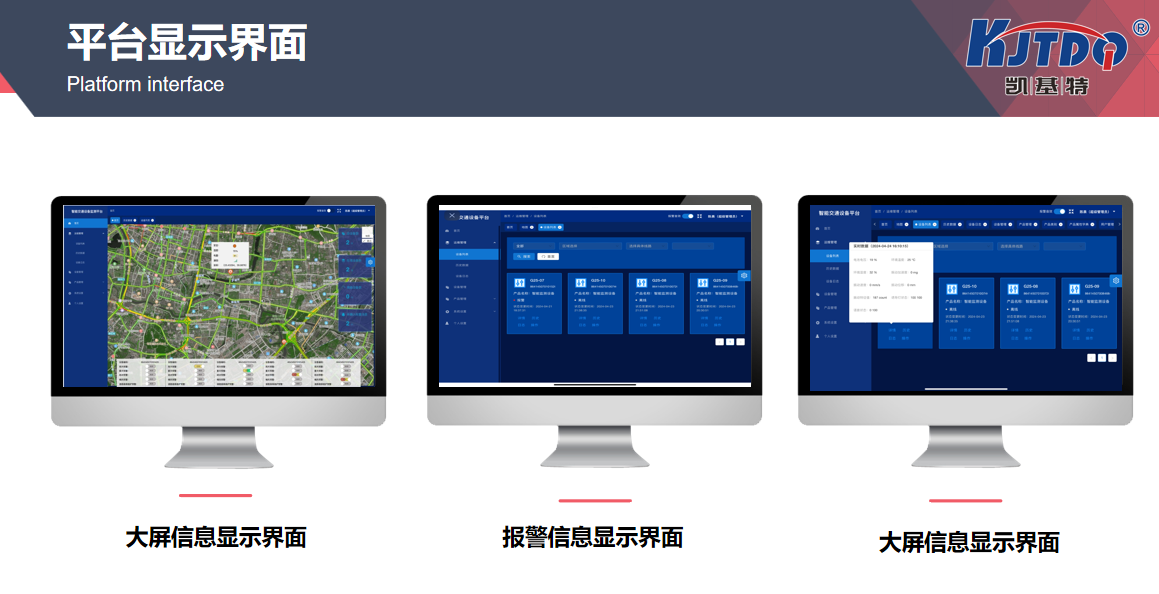Road landslides have always been one of the major hidden dangers affecting traffic safety. Especially in rainy seasons or mountainous areas, landslide accidents not only cause serious damage to road infrastructure, but may also directly threaten the safety of pedestrians and vehicles. Therefore, the birth and development of equipment technology for road landslide prevention systems have given us a "protective umbrella" against natural disasters. This technology is not only a safeguard for life, but also an important guarantee for our property and travel safety.

Firstly, we must recognize that road landslides are not simply natural phenomena. The complexity of geological conditions, the variability of climatic factors, and the interference of human activities on the natural environment all exacerbate the risk of landslides. However, traditional landslide monitoring and prevention methods often have delayed responses and limited coverage, making it difficult to achieve real-time and effective monitoring and early warning. Therefore, in the face of the potential major disaster of road landslides, it is particularly necessary to rely on efficient and intelligent road landslide prevention system equipment technology.
So, how does the equipment technology of road landslide prevention system work? Simply put, this technology relies on advanced sensors, data acquisition devices, and intelligent analysis systems to detect potential landslide risks in a timely manner by monitoring changes in the geological environment around the road in real-time. For example, surface displacement sensors can monitor small displacement changes in soil and rocks; A rain gauge can record changes in rainfall and analyze the likelihood of landslides based on meteorological data. When the system detects a landslide precursor, it will immediately issue a warning and notify relevant departments to respond and handle it. In this way, we can take preventive measures before accidents occur to minimize losses.
We can imagine that in the continuous rainstorm season, if the roads in mountainous areas are not protected by the equipment and technology of the road landslide prevention system, they may be in danger at all times. Any loose rock or saturated soil can slip off without warning, causing road blockages and even casualties. With the real-time monitoring and warning function of this device, we can close dangerous road sections in advance, evacuate vehicles and pedestrians, and prevent disasters from happening. Such technological applications not only enhance road safety, but also gain valuable response time for traffic management departments.
Let's talk about the actual effectiveness of the equipment technology for road landslide prevention system. This system can not only be used for long-term monitoring, but also for intensive monitoring during severe weather or other high-risk periods. For example, when the rainfall is particularly heavy, the system will automatically increase the monitoring frequency, collect data more intensively, and promptly detect any possible landslide precursors. This efficient monitoring and warning mechanism greatly reduces the threat of road landslides to traffic safety and protects the lives and property of the general public.
Of course, the promotion and application of equipment technology for road landslide prevention systems also face some challenges. Firstly, there is the issue of cost. Although technological progress has brought about a gradual decrease in equipment prices, the comprehensive deployment and maintenance of this system still require considerable investment. Especially in some economically underdeveloped areas, it may take some time to fully deploy this system. But it must be noted that investment and return are directly proportional, as the losses caused by a landslide accident may far exceed the investment cost of the equipment.
Secondly, the maturity of technology and the complexity of application environments are also issues that need to be addressed. Although the equipment technology of road landslide prevention system has been widely applied in some high-risk areas, the stability and accuracy of the system still need to be continuously optimized when facing more complex geological environments. In addition, how to achieve widespread networking of devices and how to process and analyze large amounts of monitoring data more efficiently are also technical challenges that need to be addressed.
From my perspective, the future development prospects of road landslide prevention system equipment technology are very broad. With the continuous advancement of sensor technology, data analysis technology, and artificial intelligence, this technology will become more intelligent and precise, providing us with more reliable security guarantees. With the further reduction of technology costs, the application scope of this system will gradually expand from high-risk areas to more ordinary roads, becoming a standard road safety facility.

Finally, we need to understand that the equipment technology of road landslide prevention system is not only a guarantee for road safety, but also a new safety management concept. This concept emphasizes prevention before it happens, actively monitoring and timely warning through high-tech means to avoid disasters. This shift from passive defense to active prevention not only improves road safety, but also brings revolutionary changes to traffic management.
Overall, the technology of road landslide prevention system equipment is not only a positive contribution to traffic safety, but also a significant application of modern technology in responding to natural disasters. With the continuous maturity and popularization of this technology, our travel environment will become safer and more reliable. This is undoubtedly an important blessing brought to us by technological development, and it is also a direction that we should actively promote and advertise.
1. What are the core components of the equipment technology for road landslide prevention system?
The road landslide prevention system usually consists of multiple core components, including surface displacement sensors, inclination sensors, rain gauges, soil moisture sensors, etc. These sensors are used for real-time monitoring of geological conditions and meteorological factors, and the data is transmitted to the backend analysis system through wireless networks. If the system detects abnormalities, such as a sharp increase in soil moisture or abnormal surface displacement, it will issue a warning signal.
2. Can the road landslide prevention system completely prevent landslide accidents from occurring?
Although the road landslide prevention system can greatly reduce the incidence of landslide accidents, it cannot completely avoid all landslide events. The main function of this system is to detect signs of landslides in advance, provide warnings, and allow relevant departments sufficient time to take response measures. However, extreme weather conditions and complex geological environments may have an impact on the accuracy of the system.
3. How can the road landslide prevention system be integrated with existing traffic management systems?
The road landslide prevention system can be integrated with existing traffic management systems and share data in real-time through an intelligent traffic management platform. Once the system issues a landslide warning, the traffic management system can automatically update road information, adjust traffic flow, and close relevant road sections if necessary. This integration can effectively improve the efficiency of road safety management and reduce the impact of landslides on traffic.
4. What is the cost of deploying a road landslide prevention system? Is it suitable for all regions?
The cost of deploying a road landslide prevention system mainly depends on the complexity and coverage of the system. In high-risk areas such as mountainous regions and areas with high rainfall, the cost of investing in such systems is relatively high, but considering the potential landslide risk and accident losses, such investment is worthwhile. For low-risk areas, it may only be necessary to deploy a simplified version of the system or use it in conjunction with other monitoring methods.
5. How to ensure the effectiveness of landslide prevention systems under extreme weather conditions?
Under extreme weather conditions, the effectiveness of landslide prevention systems may be challenged to some extent, but by improving the sensitivity and anti-interference ability of sensors, enhancing the accuracy of data analysis, the system can still provide effective early warning. In addition, regular maintenance and system upgrades are also key measures to ensure its normal operation under harsh conditions.